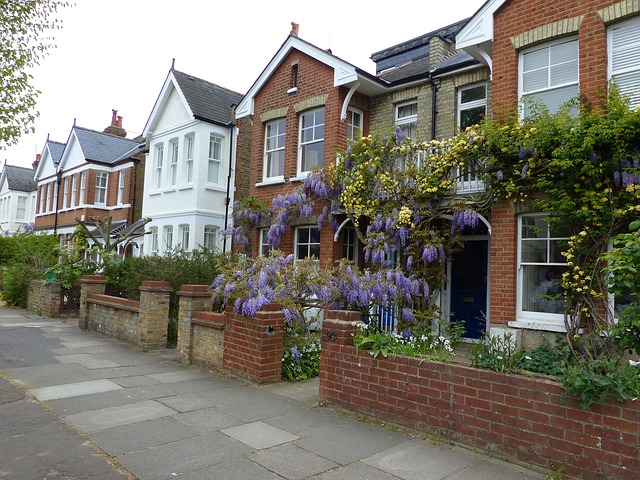
Act now to preserve your Capital Gains Tax reliefs for your former main residence
08/02/19
Tax-free gains made on selling your own home are being restricted from April 2020 with two reductions in the Capital Gains Tax exemption for the main residence.
Gains made on selling a residential property are subject to Capital Gains Tax (CGT) at 28% (18% for basic-rate taxpayers).
However, the gain relating to any period in which the owner occupied (ie lived in) the property as their ‘only or main residence’ is exempt. In some special circumstances, this exemption is still available for periods when the owner was not in occupation. It was recently announced that two of these special extensions to the exemption are to be reduced (although the final details are subject to a consultation, as mentioned below).
These special exemptions are those that cover the last few months of ownership, and those that cover periods of letting a former main residence. If you are thinking of selling a property that you have lived in, especially one that has been let out, these changes will probably affect you.
You need to assess if there are any advantages to selling before the changes come into effect in April 2020.
Last months of ownership
Sometimes homeowners move out of their home before it is sold, so there is a period in which they are not occupying the property. Without a special extension to the exemption the gain in this period is taxable. Currently, main residence exemption is extended for 18 months to cover the period before sale. This was reduced from 36 months in April 2014, (except for owners who move into a care home or who are disabled.)
The government now wants to cut the exemption for the last period of ownership to nine months, with the 36-month exemption period continuing for the disabled or those moving into residential care.
Note that the gain arising over the whole period of ownership is allocated to exempt and non-exempt periods on a strict time basis, so the fact that the value of a property falls as you leave does not mean that no gain can be taxable if there is a gain over the whole period of ownership. Each owner may have their capital gains tax allowance of the year available to set against the non-exempt gain, before any balance is taxed. This is £11,700 in 2018-19 and £12,000 in 2019-20.
Lettings relief
It has been fairly common for homeowners to move and let out their former home, and until now they have been able to claim lettings exemption to cover all or part of gains made after they had left.
Lettings exemption is available to cover gains attributable to the period of letting of up to £40,000 per owner, as long as the property has been the owner’s main home at some time. The amount that can be exempt is capped at the amount of main residence exemption due for the period of actual occupation by the owner.
The government wants to restrict lettings relief to cover only periods in which the owner is also occupying the same property ‘in shared-occupancy’. This would negate the point of lettings relief, as if the owner is in occupation the gain for that period of ownership will probably be covered by the main residence exemption anyway.
These changes are due to come into effect from 6 April 2020 but there will be a consultation on the details first, which may lead to revisions to the lettings relief changes.
If you have any queries relating to CGT in relation to the sale of your former main residence, please contact Jill Springbett.
Warning: The above is merely general guidance and should not be relied upon as formal advice. The advice we give to each client will depend on their specific circumstances and we would suggest that you take professional advice before taking any action in relation to the issues discussed above.




